The School of Architecture has travelled from its roots in Frank Lloyd Wright’s Taliesin Fellowship to develop a new learning experience at Paolo Soleri’s Arcosanti
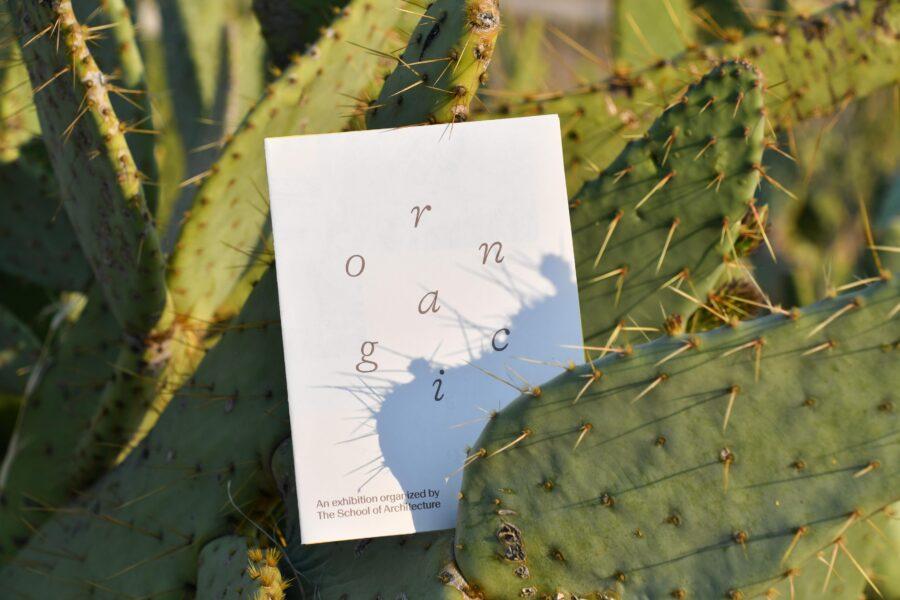 Photography courtesy of The School of Architecture, Organic Exhibition View
Photography courtesy of The School of Architecture, Organic Exhibition View
Words by Riya Patel
When a young Frank Lloyd Wright was offered sponsorship to study at Paris’s esteemed École des Beaux-Arts, he rejected it, calling the architecture school’s teachings ‘artificial, superficial, and totally unsuited to American needs’. Founded in 1816, the École offered the first formal architectural education, setting the precedent for many European schools established in the 19th century.
Today those schools are facing a moment of reckoning. Last summer an explosive report rocked the 180-year-old Bartlett School of Architecture in London; its students and alumni exposed a ‘culture of fear’ with multiple incidents of harassment, bullying, sexism and racism.
The fallout has fuelled much debate around the traditions of architectural education, setting off an internal culture war. Many institutions find themselves under fire for being out of step with contemporary attitudes.
A staunch outsider, Wright went on to forge his own style of education – The Taliesin Fellowship. This intense, hands-on and highly collaborative form of learning began in the 1930s and lives on through The School of Architecture (TSOA).
 Photography by Matt Windquist
Photography by Matt Windquist
In 2020 the school divorced from the Frank Lloyd Wright Foundation and is now based at Arcosanti, a remote 80-person community in the Arizona desert.
The first two years have been about finding an independent voice that nods to its famous founder’s principles but engages with urgent environmental and social issues. As architectural education seeks to reform, can Wright’s unusual school provide a blueprint for the future?
‘Notably it was called a fellowship,’ says TSOA’s dean Stephanie Lin. ‘A collective of individuals working and doing everything together. It’s both part of the school’s history but also the future of education in my mind.’
At Arcosanti, a small group of students and faculty live together in desert lodgings, eat communal meals, share tasks and plan events. Conversations between students, staff and visitors can go on through the night around a shared campfire.
 Photography courtesy of The School of Architecture, Organic Exhibition View
Photography courtesy of The School of Architecture, Organic Exhibition View
Students learn through making, and by the end of the MArch programme, they have each researched, designed, built and inhabited a small structure of their own.
The 2020/2021 cohort created a rammed-earth dwelling embedded with birdseed to eventually be pecked away, a kit of parts for a structure that could be reconfigured as it was built, and a hut proposing mycelium as an insulation material.
Known as the Shelter Program, these additions to the landscape have been a feature of the curriculum since Wright’s founding. Lin joined TSOA early last year and has been embedding the school with its new setting. Arcosanti is the vision of architect Paolo Soleri.
The utopian settlement was built in 1970 to integrate architecture and ecology, an experiment for man to live harmoniously with the land. An hour’s drive north of Phoenix, the town is characterised by its experimental pre-cast concrete structures: giant apses and vaults made for casting bronze bells, the industry that sustains Arcosanti.
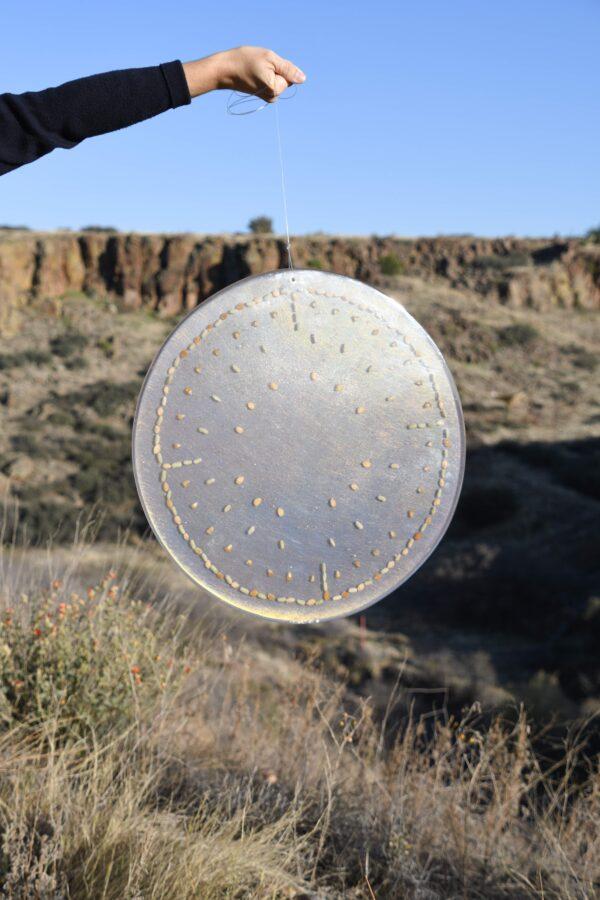 Photography courtesy of Tawaw Architecture Collective and The School of Architecture
Photography courtesy of Tawaw Architecture Collective and The School of Architecture
Made of concrete panels, cast in a bed of silt from the surrounding area, these give the whole place a unique vernacular. The site is a good match for the school, which was previously based at Taliesin and Taliesin West on Wright’s family land in Wisconsin and Arizona. The new curriculum seeks to integrate with resources already established at this experimental town.
‘First year students start by researching specific materials that they find around Arcosanti in terms of their embodied energy, carbon, labour and other global narratives,’ says Lin. ‘They eventually design something around those materials as part of a bottom-up process.’
The new leadership also wants to go beyond the Arizonan bubble. Chris Lasch, co-founder of New York-based Aranda\Lasch architects, became the school’s president in 2020. He initiated the Usonia 21 programme of student-led design and build projects co-designed with underserved communities in the US. Last year’s project initiative was in Seabreeze, North Carolina, a historically Black-owned beachside resort from the segregation era.
Students worked with the Johnny Carson Center for Emerging Media Arts at University of Nebraska-Lincoln and non-profit organisation Land Rich, to tell the site’s story in the context of Black land loss. From this, the brief for a prototype ‘tiny house’ and mixed-use development of commercial space, affordable housing and local museum have emerged.
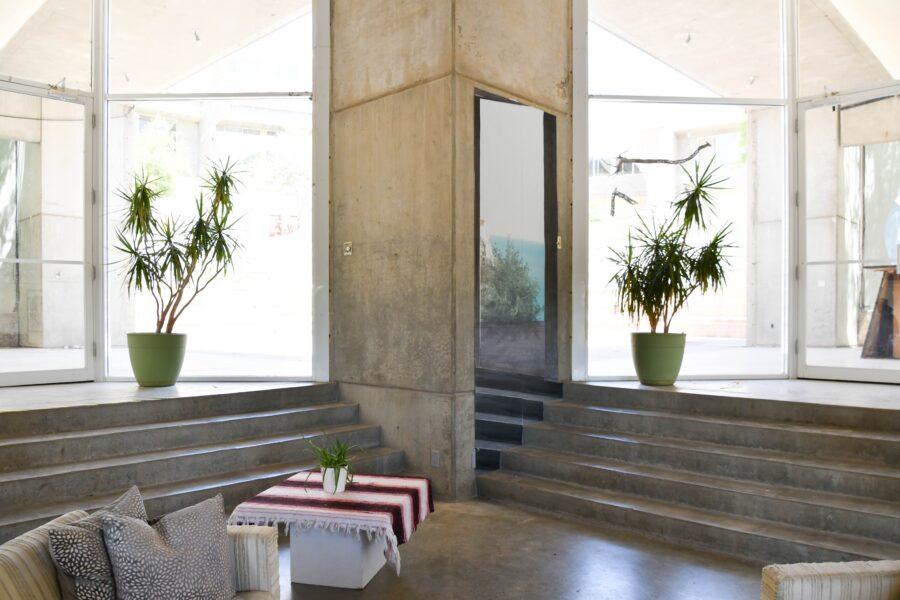 Photography courtesy of The School of Architecture, Desert Communication Final Project by Christopher Dela Pole
Photography courtesy of The School of Architecture, Desert Communication Final Project by Christopher Dela Pole
‘It’s a great example of where the school is going,’ says Lin. ‘It has immersive learning and hands-on pedagogies but also looks at the ongoing crises of climate and social justice, connecting students directly with people affected by these issues.’
Both Lin and Lasch teach classes regularly. She says the school’s small size, shared quarters and ‘somewhat flattened’ hierarchy contribute to a close-knit holistic teaching approach where narratives from different classes reinforce each other. Outside perspectives reflect the importance of social and community issues as well as climate. For the school’s 2021 exhibition Organic, Lin invited indigenous artist Terrol Dew Johnson, and practice Tawaw Architecture Collective, to join better-known American firms including SO-IL, Lanza Atelier and Studio Sean Canty.
‘The purpose was to see how multiple definitions of the term “organic” might connect and diversify the voices that have historically been a part of that conversation,’ says Lin. ‘Participants were mixed between those really familiar with the term, and those who could be said to be working through that lens in their own way.’
The school’s inclusive approach is already gaining it a progressive reputation. ‘I chose TSOA for an experience that was new and radical,’ says current student Tristan Durham. ‘I felt a lot of fatigue around the schools I was told I needed to go to. The expensive and rigid ones on the east coast.’ Wright’s connection with the school didn’t influence Durham’s choice or even register with him until later. ‘He’s the architect your grandparents have a coffee table book about. But the more I learned about him the more I realised that he embodied a lot of the core values I have about architecture.’
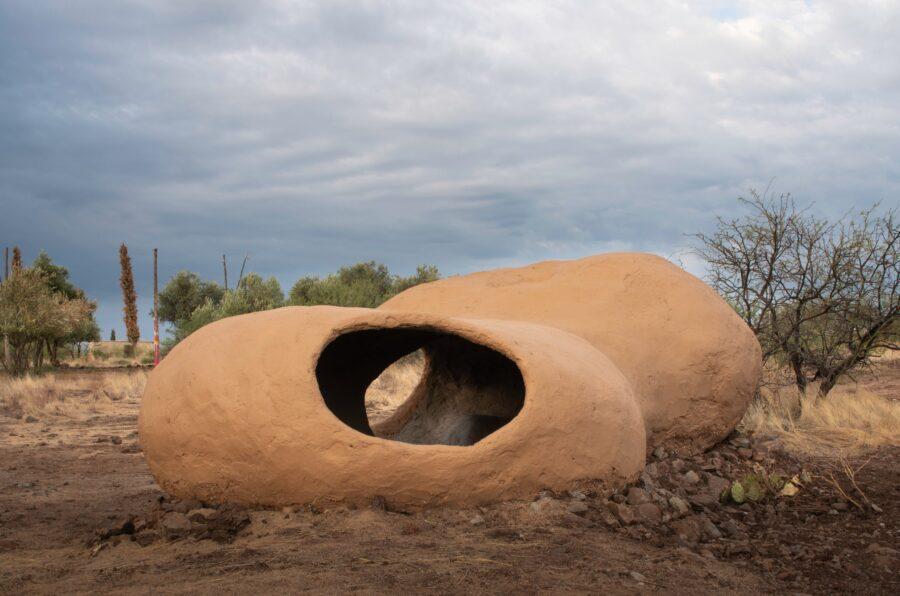 Photography courtesy of The School of Architecture
Photography courtesy of The School of Architecture
Durham enjoys the experimental learning formats at TSOA and ‘the constant code switching between formal and informal. You can be having a conversation in class and pick up where you left off at dinner,’ he says. The intense desert surroundings have impacted his learning both directly and in subtle ways. The tectonics and materiality of the landscape are an obvious source of inspiration for the students, but responses also arise from the use of space and flexibility at Arcosanti.
Life in the desert is not without challenges. The first 23 students to Wright’s Taliesin Fellowship in 1932 found themselves with difficult living conditions and a formidable taskmaster. An apprentice once wrote: ‘He is devoid of consideration and has a blind spot regarding others’ qualities. Yet I believe that a year in his studio would be worth any sacrifice.’
Today’s students are thankfully better cared for, and no longer labour under an individual ego, but Durham says immersive education is still a commitment that is not for everyone. ‘I don’t really notice because I’m so busy, but it definitely feels isolating and strange sometimes. Being so close with so many different kinds of people in such a remote place requires you to have to develop complex boundaries.’
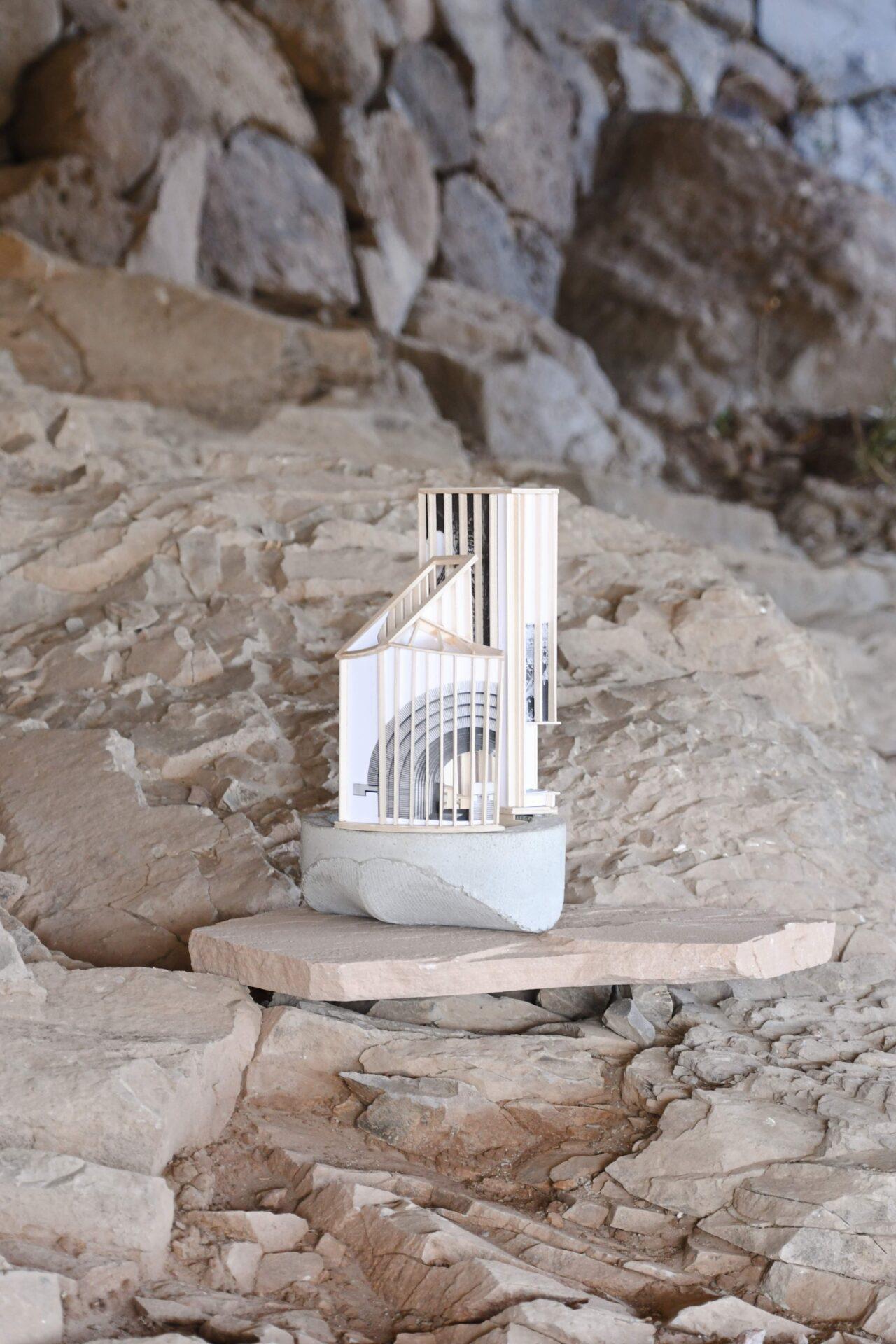 Photography courtesy of The School of Architecture
Photography courtesy of The School of Architecture
The dean’s response to student safeguarding is a ‘culture of trust, respect and real conversation’ that comes from being among her students so much of the time. ‘You can’t really be opaque in this environment,’ she says. ‘I make myself very available to students. If they have feedback on a class or the balance of workload and free time, I will hear about it the same day they are starting to think about it.’
Even Frank Lloyd Wright’s free-thinking Taliesin didn’t separate architectural study from the long hours and fierce criticism it has become associated with. Moving towards a healthier future will require deconstructing the ego-led model and restoring respect between staff and students. In a small school that’s less of a challenge. The world’s top universities that are currently wrestling with these issues will have a longer path ahead.
Lin, who has taught at Cooper Union, Berkeley and Columbia University, is positive that many schools are already in a process of evaluation to become more inclusive. ‘I can say that architectural education in general is starting to shift away from individual competition toward a culture that is more collaborative and pluralistic,’ she says. ‘At TSOA, we aren’t without our challenges, but we do offer an environment in which a huge gap can’t really exist between students and teachers, even if they came in with that expectation. Our communal environment really requires us to practise cooperation on a daily basis.’
Get a curated collection of design and architecture news in your inbox by signing up to our ICON Weekly newsletter


















